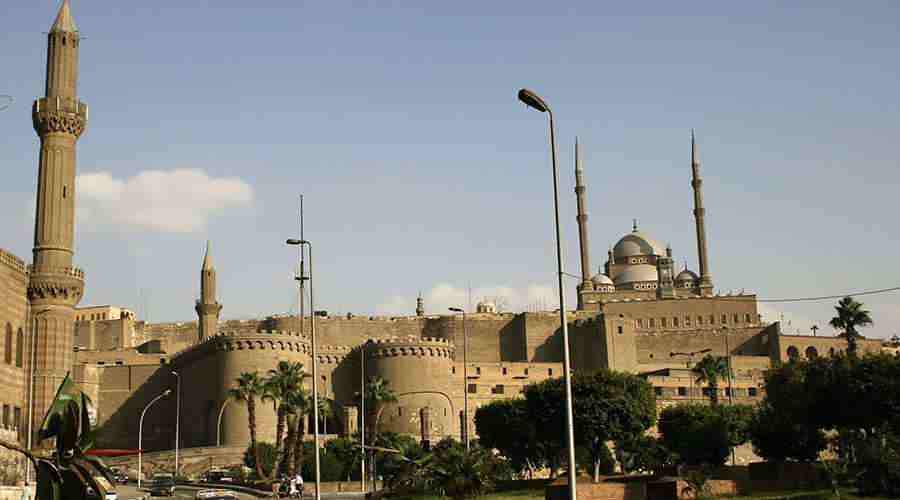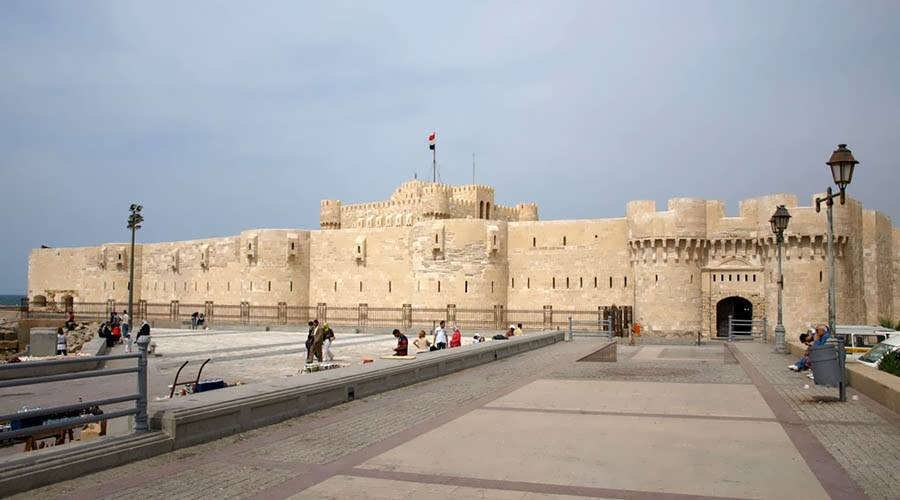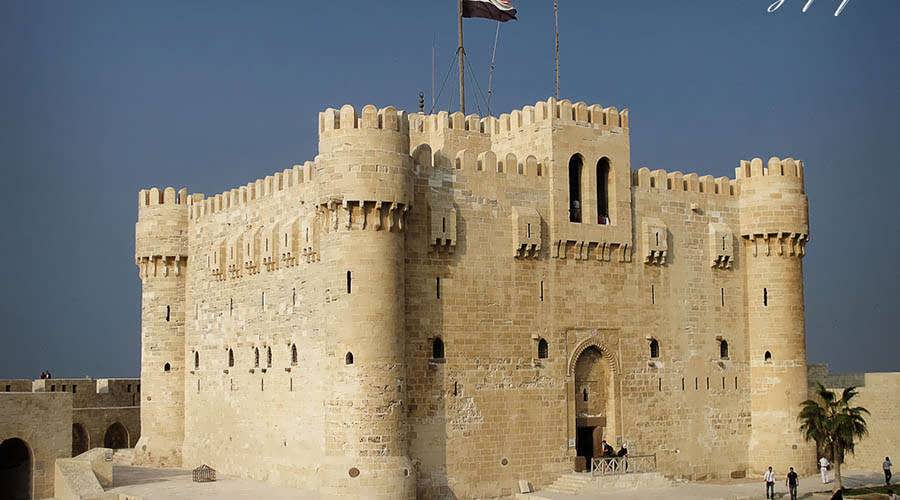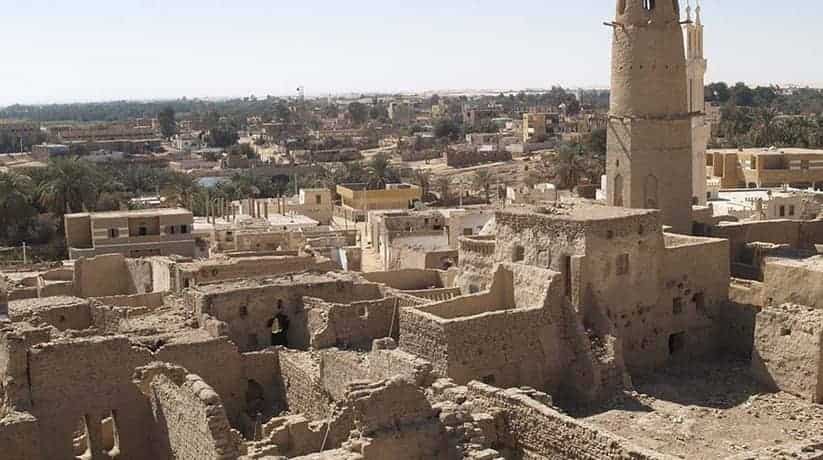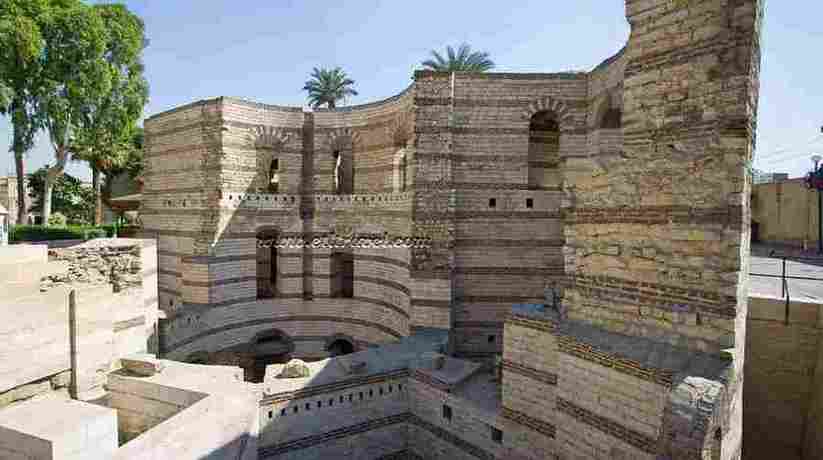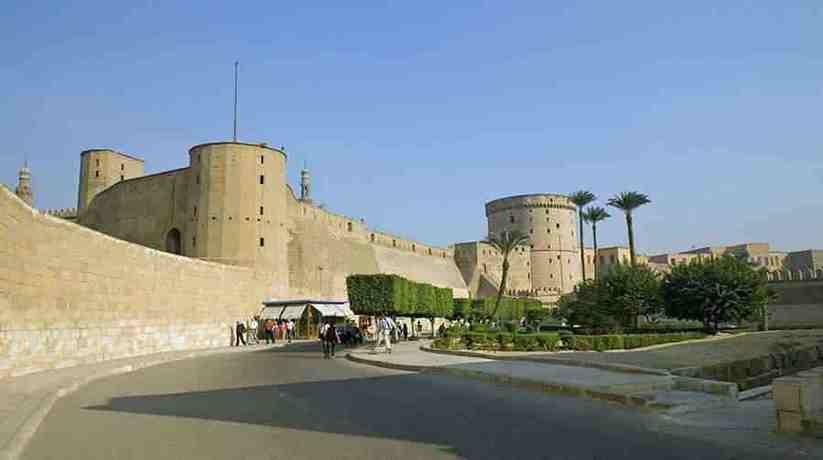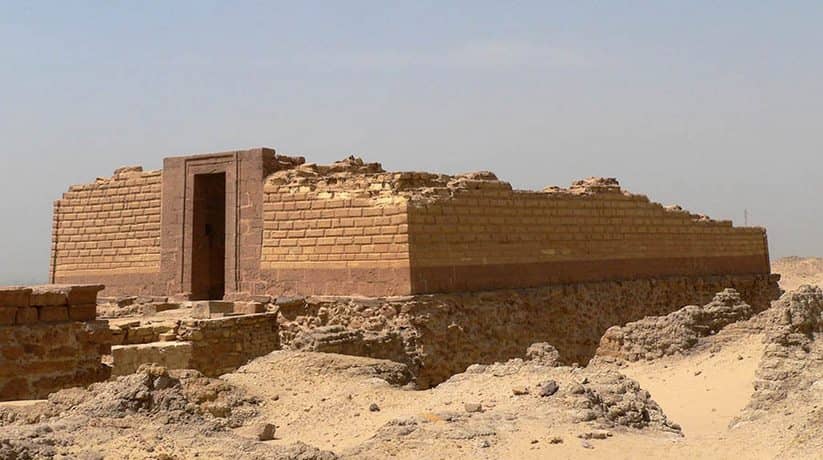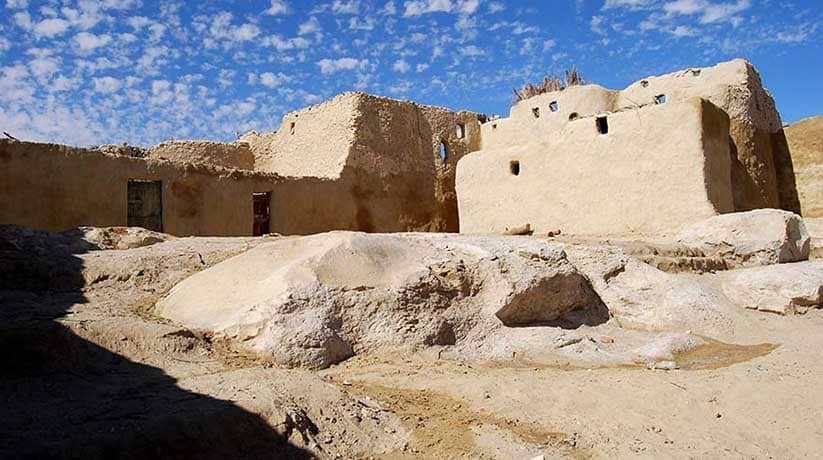Egypt Citadels information, list, tours and online Booking
Egypt citadels include a huge number of citadels through Egypt. In fact, Qasr Ibrim is an archaeological site in Lower Nubia. It was originally a major city perched on a cliff above the Nile, but the flooding of Nasser’s Lake after the construction of the Aswan High Dam transformed it into an island and flooded its outskirts. Qasr Ibrim is the only major archaeological site in Lower Nubia to have survived the Nile floods. Both prior to and after the Nile floods, it has remained a major site for archaeological investigations. Human habitation at the site dates from the Late Kingdom, but it reached its greatest prominence in the Middle Ages, when the area was the home of the Eparch of Nobatia. Qasr Ibrim is the source of the largest collection of Old Nubian documents ever found, including the records of the Eparch.
The site was inhabited until the 1840s. Today the island is closed to all but archaeologists. Located in Old Cairo, the fortress city known as the Babylon Fortress is the oldest part of Cairo. Built by the Romans, the fort was in a strategic position to dominate Egypt along the Nile. Persecution led Coptic Egyptians to take refuge within the fortifications. Farafra’s only town, Qasr Al Farafra, is one of the few spots in the Western Desert still reluctant to the invasion of concrete. The small town is a maze of remains of old mud-brick houses and ruins of the old Roman fortress that had been built initially to protect the caravan route that traversed the Western Desert of Egypt from East to West.
More details about Egypt citadels:
Above the northern shore of Qarun’s Lake, in a now deserted and inhospitable area at the foot of the desert escarpment towards Gebel Qatrani, is a small uninscribed temple known locally as Qasr El Sagha. The site can be reached via a track from Kom Ushim (Karanis), and is about 25km from the main road. A 4×4 vehicle and a guide is recommended for this visit. In remote antiquity a forest grew on the escarpment north of the site – petrified remains can still be seen and it is thought that Qarun’s Lake (ancient Lake Moeris) once extended its northern shore close to the temple in the days when the lake was much larger. Qasr El Sagha rests on a level platform on the side of the escarpment and was first published by Schweinfurth in 1892 and visited later by Petrie.
Near the western edge of Qarun’s Lake in the Fayoum, Qasr Qarun marks the location of the ancient town of Dionysias, now located near the modern village of Qarun. During ancient times, it was the beginning (or end) of the caravan route to the Bahariya Oasis, and thus, of some importance. The town was cleared by a Franco-Swiss archaeological team in the 19401s and 1950s and an epigraphic survey was conducted in 1976, but has since been the subject of several restorations projects. The town is spread out north and south and is mostly in ruins save for a few structures that are worth mentioning. The Roman bath is a mere outline on the ground as are most of the houses, but a few still sand, at least partially. Some even have fresco decorations on the interior walls.
Further details about Egypt citadels:
The stunning fortress of Ain Umm Dabadib is an ancient high rise monument that sits below an escarpment but stands 220 meters above the desert floor. The fortress was occupied for thousands of years; scattered pots and ceramics that date back across Egyptian history can be found around the fort. Situated on a summit, the sandstone fortress Qasr El Ghueita is a fortress that commands a strategic view of an ancient Western Desert trade route. Built and expanded by several Ancient Egyptian dynasties and Roman governors; the fortress contains a temple behind walls that take up to one-fifth of the space on the summit. Beit Khallaf is a small village 10 kilometers west of Girga in Sohag. Outside the village are two very large brick mastabas from the Third Dynasty.
K1, the largest, has produced remnants from King Djoser and was excavated in 1900-1902. It measures 86 by 45 by 9 (11) meters. The foundation is hard stone gravel with a substructure going down 19 meters below ground surface. A two meter thick outer wall holds the filling with sand and stone and huge brickwork are made around pits and corners. The grave chamber held some bones of a man and hundreds of offering vessels were found in the stairway which was blocked with masonry of Nile mud and stones. Another big mastaba (K2) has left skeletal remains including a skull and the name of the Third Dynasty Pharaoh Zanakht (Nebka), the supposed brother of king Djoser. No investigation has been made here in over 100 years.

